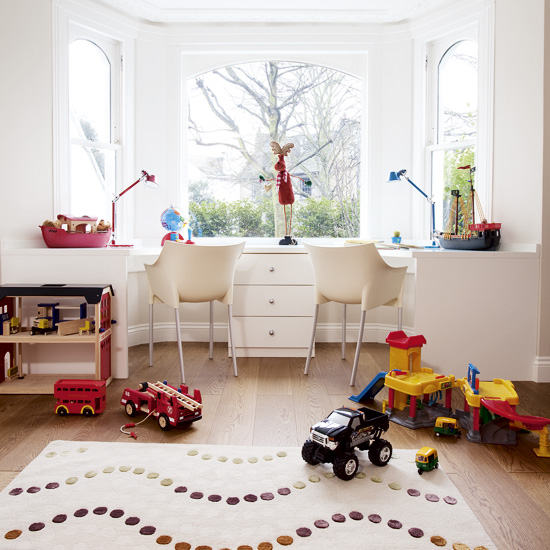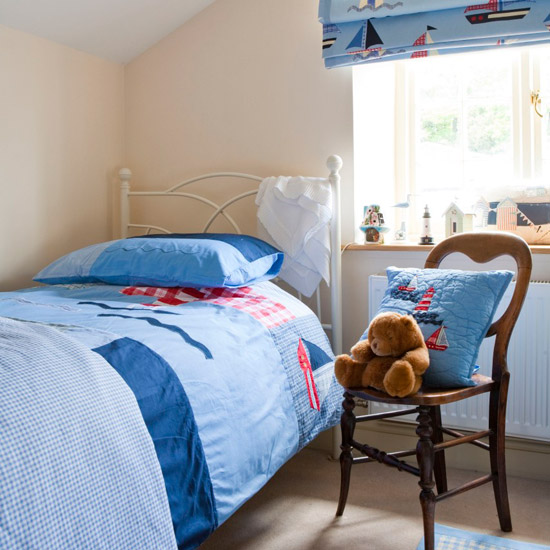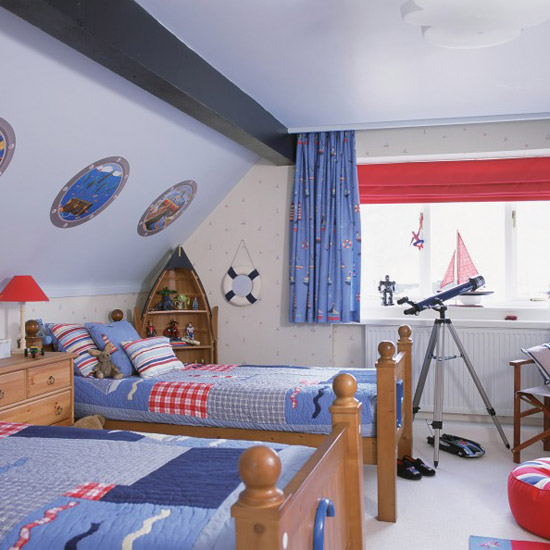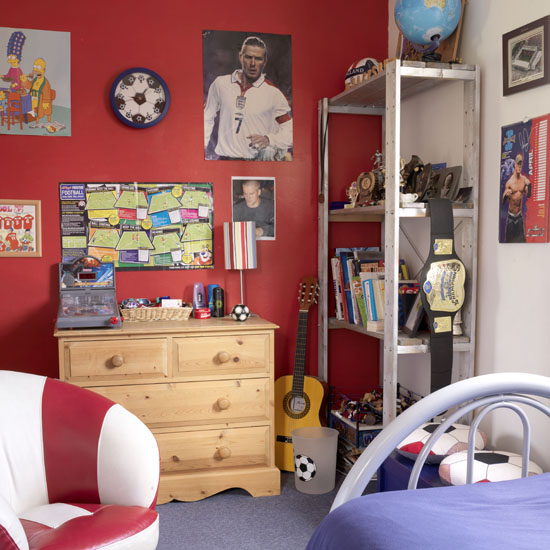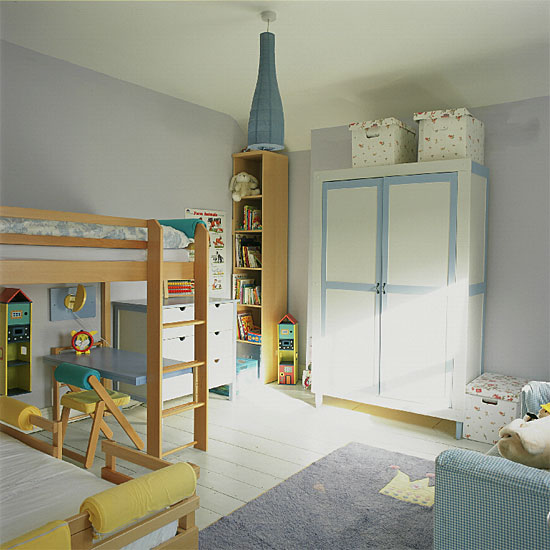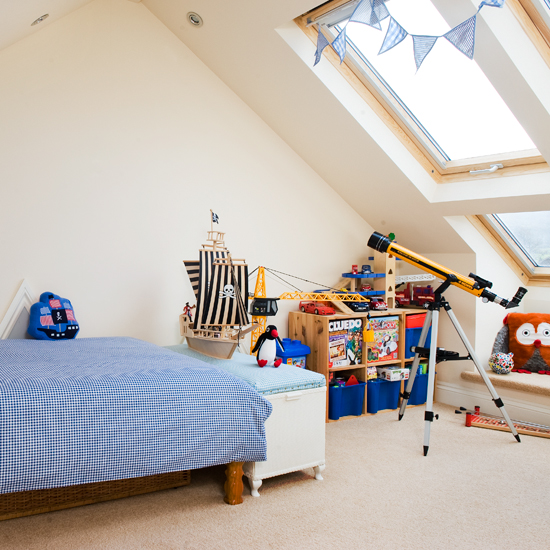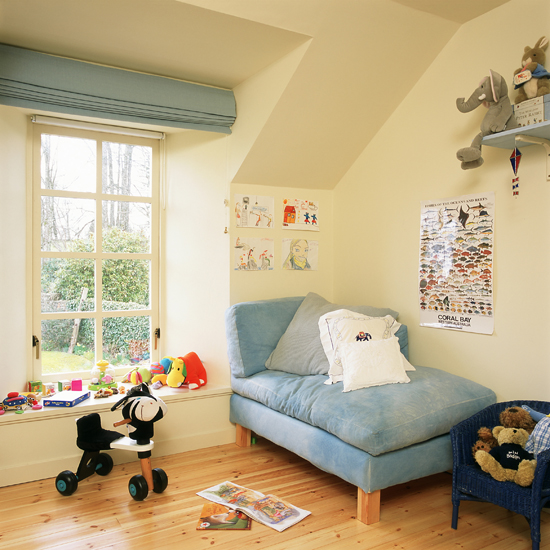When it comes to the environment, being a good global citizen starts at your doorstep. From recycling to using alternative cleaning materials, minor changes at home can add up to real benefits for the planet, not to mention your own health and happiness.
It may be a cliché, but the best way to be Earth-friendly is to cut down on what you consume and recycle whenever you can. The U.S. generates about 208 million tons of municipal solid waste a year, according to the National Institutes of Health. That's more than 4 pounds per person per day. Every little bit helps; recycling just one glass bottle saves enough electricity to light a 100-watt bulb for four hours.
Here are 10 more easy ways to green your home:
1. Green up your appliances. Getting rid of that old refrigerator in the garage could save you as much as $150 a year, according to the Environmental Protection Agency. Appliance use comprises about 18% of a typical home’s total energy bill, with the fridge being one of the biggest energy hogs. If any of your appliances is more than 10 years old, the EPA suggests replacing them with energy-efficient models that bear their "Energy Star" logo. Energy Star-qualified appliances use 10%-50% less energy and water than standard models. According to the Energy Star site, if just one in 10 homes used energy-efficient appliances, it would be equivalent to planting 1.7 million new acres of trees.
Also, consider what you put in that energy-efficient refrigerator. Pesticides, transportation and packaging are all things to consider when stocking up. Buying local cuts down on the fossil fuels burned to get the food to you while organic foods are produced without potentially harmful pesticides and fertilizers.
2. Watch the temp. Almost half a home's energy consumption is due to heating and cooling.
- Turn down the thermostat in cold weather and keep it higher in warm weather. Each degree below 68°F (20°C) during colder weather saves 3%-5% more heating energy, while keeping your thermostat at 78°F in warmer weather will save you energy and money. A programmable thermostat will make these temperature changes for you automatically.
- Clean your furnace's air filter monthly during heavy usage.
- Consider a new furnace. Today's furnaces are about 25% more efficient than they were in the 1980s. (And don't forget to check out furnaces carrying the Energy Star label.)
- To keep your cool in warmer weather, shade your east and west windows and delay heat-generating activities such as dishwashing until evening.
- Use ceiling fans instead of air conditioners. Light clothing in summer is typically comfortable between 72°F and 78°F. But moving air feels cooler, so a slow-moving fan easily can extend the comfort range to 82°F, according to "Consumer Guide to Home Energy Savings" by Alex Wilson.
3. Save water. The Web site "
Water — Use it Wisely," created by a group of Arizona cities, lists 100 simple ways to save water. We’ll share just a few here:
- Put an aerator on all household faucets and cut your annual water consumption by 50%.
- Install a low-flow toilet. They use only 1.6 gallons per flush, compared to 3.5 gallons per flush for pre-1994 models. If you have an older model, adjust your float valve to admit less water into the toilet's tank.
Of course, you don't need products to save water — behavioral changes also add up quickly: using a broom instead of the garden hose to clean your driveway can save 80 gallons of water and turning the water off when you brush your teeth will save 4.5 gallons each time.
4. Clean green. Stop buying household cleaners that are potentially toxic to both you and the environment. In his book, "
The Safe Shopper's Bible," David Steinman suggests reading labels for specific, eco-friendly ingredients that also perform effectively. These include grain alcohol instead of toxic butyl cellosolve, commonly found in carpet cleaner and some window cleaners as a solvent; coconut or other plant oils rather than petroleum in detergents; and plant-oil disinfectants such as eucalyptus, rosemary or sage rather than triclosan, an antifungal agent found in soaps and deodorant. Or, skip buying altogether and make your own cleaning products. Use simple ingredients such as plain soap, water, baking soda (sodium bicarbonate), vinegar, washing soda (sodium carbonate), lemon juice and borax and save money at the same time. Check out these books by Annie Bertold-Bond for cleaning recipes: "
Clean and Green" and "
Better Basics for the Home."
5. Let there be energy-efficient light. Compact Fluorescent Light bulbs (CFLs) use 66% less energy than a standard incandescent bulb and last up to 10 times longer. Replacing a 100-watt incandescent bulb with a 32-watt CFL can save $30 in energy costs over the life of the bulb.
6. Save a tree, use less paper. You can buy "tree-free" 100% post-consumer recycled paper for everything from greeting cards to toilet paper. Paper with a high post-consumer waste content uses less virgin pulp and keeps more waste paper out of landfills.
Other tips:
- Remove yourself from junk mail lists. Each person will receive almost 560 pieces of junk mail this year, which adds up nationally to 4.5 million tons, according to the Native Forest Network. About 44% of all junk mail is thrown in the trash, unopened and unread, and ends up in a landfill. To stem the flow into your own home, contact the Direct Marketing Association's Mail Preference Service at P.O. Box 643, Carmel, NY 10512, or download the online form. Opt out of credit card or insurance offers at OptOutPrescreen.com or by calling 888-567-8688, a single automated phone line maintained by the major credit bureaus.
- Buy unbleached paper. Many paper products, including some made from recycled fibers, are bleached with chlorine. The bleaching process can create harmful byproducts, including dioxins, which accumulate in our air, water and soil over time.
Finally, here's a third answer to the old "paper or plastic" question: No thanks. Carry your own cloth bags to the store to avoid using store bags.
7. Want hardwood floors? Opt for bamboo. Bamboo is considered an environmentally friendly flooring material due to its high yield and the relatively fast rate at which it replenishes itself. It takes just four to six years for bamboo to mature, compared to 50-100 years for typical hardwoods. Just be sure to look for sources that use formaldehyde-free glues.
8. Reduce plastics, reduce global warming. Each year, Americans throw away some 100 billion polyethylene plastic bags — from grocery and trash bags to those ultra-convenient sandwich bags. Unfortunately, plastics are made from petroleum — the processing and burning of which is considered one of the main contributors to global warming, according to the EPA. In addition, sending plastics to the landfill also increases greenhouse gases. Reduce, re-use and recycle your plastics for one of the best ways to combat global warming.
9. Use healthier paint. Conventional paints contain solvents, toxic metals and volatile organic compounds (VOCs) that can cause smog, ozone pollution and indoor air quality problems with negative health effects, according to the EPA. These unhealthy ingredients are released into the air while you’re painting, while the paint dries and even after the paints are completely dry. Opt instead for zero- or low-VOC paint, made by most major paint manufacturers today.
10. Garden green. First, use compost instead of synthetic fertilizers. Compost provides a full complement of soil organisms and the balance of nutrients needed to maintain the soil’s well-being without the chemicals of synthetic fertilizers. And healthy soil minimizes weeds and is key to producing healthy plants, which in turn can prevent many pest problems from developing to begin with.
- Use native plants as much as possible. Native plants have adapted over time to the local environment and support native animals. They also use less water and require less of your attention.
- Focus on perennials. Gardening with plants that live for more than one year means you don't have to pay for new plants every year; it also saves the resources used commercially to grow annuals.
- Stop using chemical pesticides. American households use 80 million pounds of pesticides each year, according to the EPA. These toxic chemicals escape gardens and concentrate in the environment, posing threats to animals and people, especially children. A better alternative is to try a variety of organic and physical pest control methods, such as using diatomaceous earth to kill insects, pouring boiling water on weeds or using beer to bait slugs. You can find more non-chemical pest control tips at the National Audubon Society's site.
Finally, consider using an old-fashioned push mower. The only energy expended is yours.

























